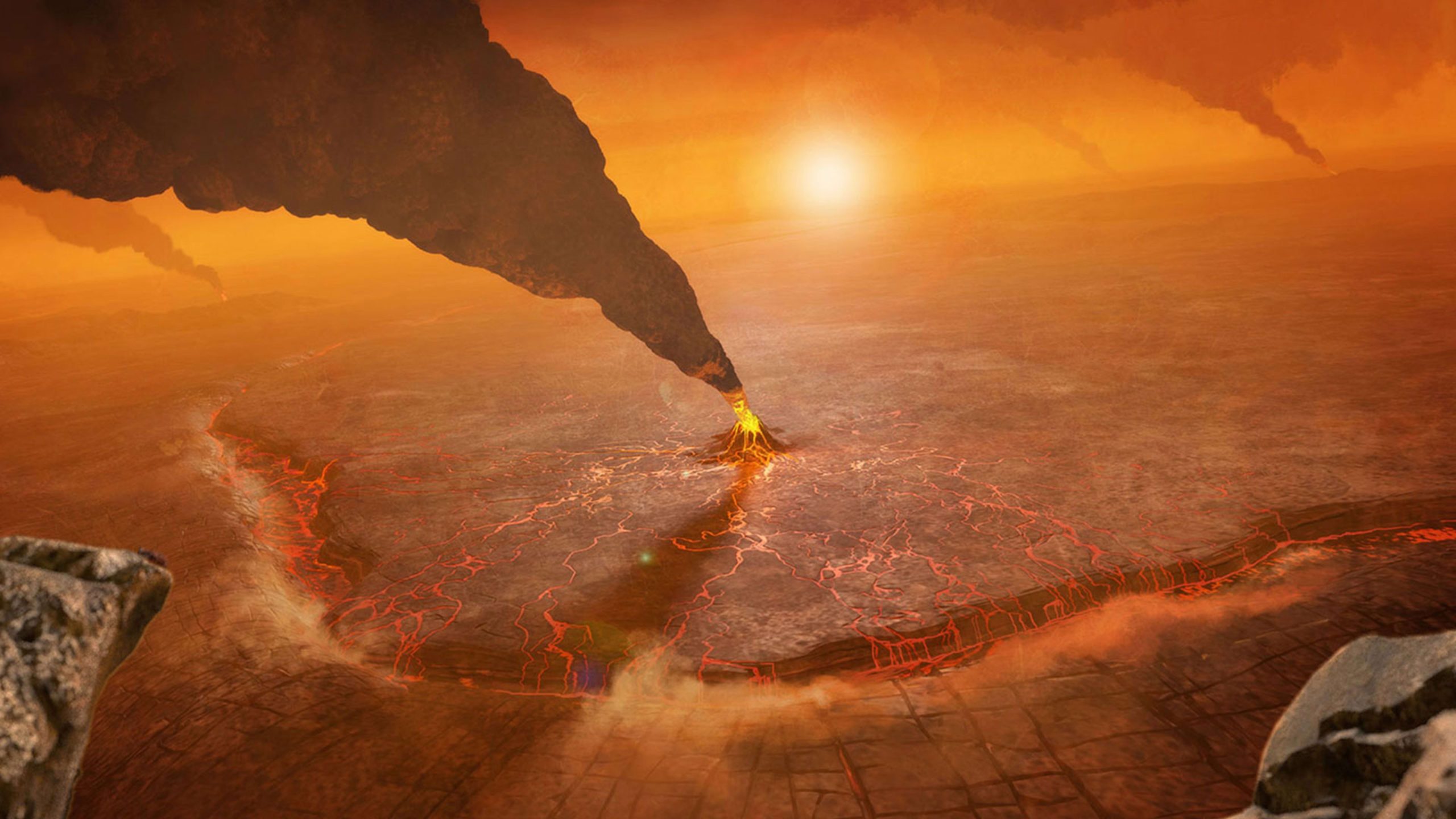NASA is on its way to Venus after all. Here’s what to know about the launch
NASA is on its way to Venus after all. Here’s what to know about the launch
The VERITAS mission to Venus is back on. NASA offered new details about when the launch will happen and what scientists hope to learn about the planet and climate change.
BY Chris Morris
A little under a year ago, it looked like Venus might be off the table for NASA. President Biden’s budget request for 2024 severely reduced funding for the mission, putting it in a “deep freeze.” Today, though, the space agency is once again all systems go for an exploration of one of Earth’s closest neighbors.
The VERITAS (Venus Emissivity, Radio Science, InSAR, Topography, and Spectroscopy) mission is back on the schedule, with only a slight delay, the result of some budget shuffling and some very intense lobbying. The space agency now plans to send a spacecraft to Venus as early as 2031, a few years later than its original plan to launch in 2027.
What changed—and what are the upsides of going to Venus at all? Here’s what you need to know.
Why was the mission to Venus put on hold?
In 2022, an independent review found institutional problems at NASA’s Jet Propulsion Laboratory. That impacted several missions, including VERITAS. The space agency’s budget request for 2024 only earmarked $1.5 million for the Venus exploration, which was seen as a quiet cancellation of the mission.
The scientific community loudly protested the decision, launching a social media campaign to save VERITAS and prompting The Planetary Society to issue a statement describing the VERITAS delay as “uncalled-for.” Despite receiving a budget that was nearly $500 million less than it got in 2023, NASA listened to those protests and let the VERITAS team know this week that it was moving ahead with the mission.
What will the Venus mission study?
VERITAS hopes to produce high-resolution radar maps of the surface of Venus for the first time. Scientists are curious to know what current geological processes are happening on the planet and will also be looking for evidence that there is (or was) water on the planet.
The VERITAS maps were expected to help another NASA mission to Venus called DAVINCI (Deep Atmosphere Venus Investigation of Noble gasses, Chemistry, and Imaging), which would probe the planet’s clouds and attempt to reach the planet’s surface. NASA says that mission is still a go.
“DAVINCI remains in the agency’s mission portfolio,” said the agency in a statement to Fast Company. “The project, led by NASA’s Goddard Space Flight Center in Greenbelt, Maryland, successfully completed a Mission Requirements Review in May 2023, as well as multiple sub-system requirements reviews during 2023. DAVINCI will be humanity’s first-ever mission to study Venus with both a flyby and a descent probe.” NASA also says that while VERITAS and DAVINCI will provide complementary science, neither mission is reliant on the other one to complete its objectives. “DAVINCI is a standalone mission with no critical dependencies,” it says.
Why should we care that NASA is going to Venus?
Venus is the worst-case scenario of climate change. Scientists believe it was, at one time, an earth-like planet. Today, it’s a hellscape, with clouds thick with carbon dioxide and a brutally (and lethally) hot surface. Venus is in the habitable zone of our sun, so scientists believe it long ago suffered some sort of greenhouse event that boiled its oceans and killed the planet.
We don’t know how this happened, but by studying the planet, scientists may be able to learn more about what could happen if climate change goes unchecked here, as well as how planets can remain hospitable to life.
Has NASA ever been to Venus before?
It has, but it’s been quite a while. The Magellan probe was the first spacecraft to image the surface of Venus. VERITAS would do so in much higher resolution and clarity. Magellan was launched in 1989 and ended its mission in 1994, when it burned up after being commanded to dive into the Venusian atmosphere.
Magellan found that at least 85% of the surface of Venus is covered with volcanoes and volcanic flows. It also verified high-surface temperatures of 887 degrees Fahrenheit and high-atmospheric pressures (comparable to what you’d find more than a halfhalf a mile beneath Earth’s oceans).
All totaled, NASA has sent just three orbiters to Venus in the past 65 years.
Is NASA the only space agency headed to Venus?
Nope. The European Space Agency (ESA) is also interested in studying the planet and has scheduled a launch in the early 2030s. That will put the ESA’s rocket in orbit around the planet at roughly the same time as VERITAS. European astronomers were originally hoping to already have results from the NASA flight to help them hone the plan for their mission.
Will this impact the moon or Mars missions?
No. Those missions remain a NASA priority, and the money being earmarked for VERITAS will not have any effect on those flights.
Update, March 21, 2024: This article has been updated with a statement from NASA about the DAVINCI mission.
ABOUT THE AUTHOR
Fast Company – technology
(20)



